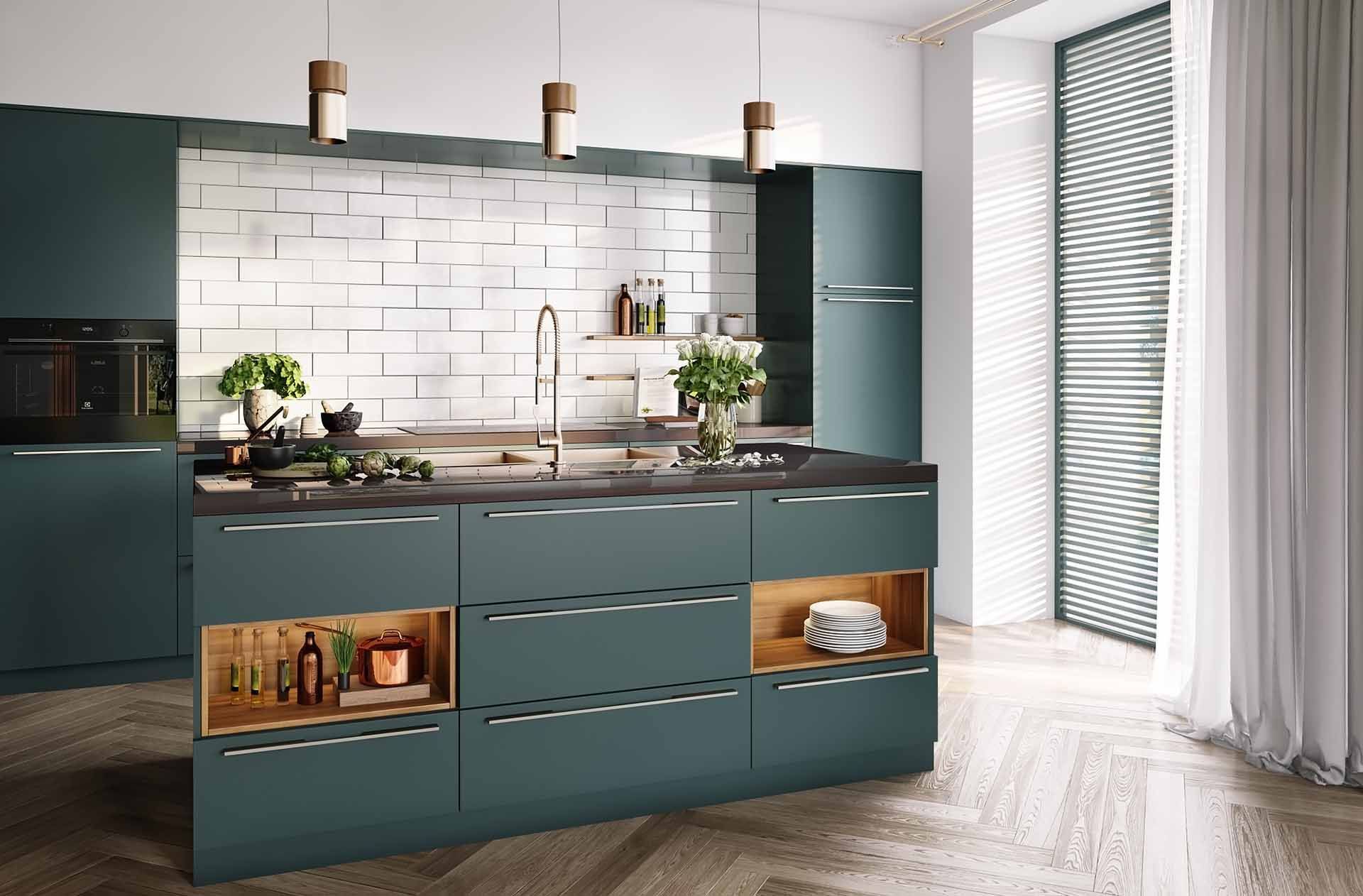Old-fashioned product photography simply can’t deal with all modern marketing requirements, so marketers and manufacturers rely on 3D technologies to get the best CG imagery. But first, they need a 3D product model for all kinds of visuals – from online promotion and e-commerce to print catalogs and outdoor ads. That’s why finding a professional modeler is of the utmost importance.
Due to high competition in the design industry, marketers look for 3D artists who are professional and fast. However, to make the right choice of a contractor, you first need to understand what are the stages of creating a 3D product model and how a 3D modeling company is working on it. Without further ado, let’s proceed to 5 key steps to get a perfect 3D product model for marketing images.
1. Getting the Full Brief

Surely, every project starts with a brief because the clearer the task, the higher the chances for quick and top-quality results. In the case of top-notch 3D product modeling, the best brief is a full package of information on the project – sketches, drawings, textures and design references, text descriptions, and so on. Sometimes clients need to make a 3D model of a ready furniture piece – they send photos of the object from all angles so that CG artists can recreate it in 3D. Here’s also our article on how to create a 3D model from photos.
Of course, to choose the best contractor for this task, marketers and manufacturers have to find a 3D artist who can read the drawings and build a model of any complexity based on blueprints and photos. That’s why it’s better to work with a 3D studio that has a team of professional 3D modelers with an engineering background and an artistic approach.
2. Creating the Geometry
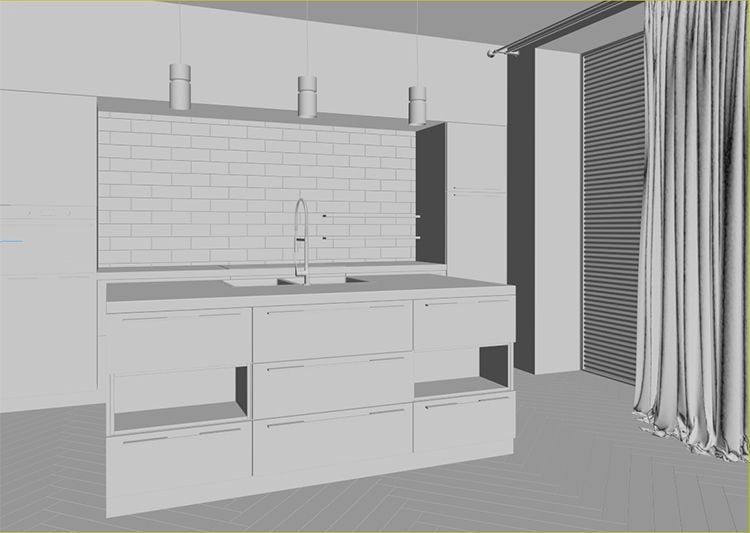
To build product models in 3D software, one can use the geometric forms as a basis to shape them or build an entirely new object using spline modeling or polygonal modeling.
The idea behind spline modeling is to create points and curves to connect them and make a surface. Polygonal modeling, on the other hand, is based on creating a shape of small triangles or squares – polygons. The most common way to create a 3D furniture object is to build a high-poly model.
The name says it all – the high-poly model has more polygons than a low-poly one and looks smooth and realistic. Low-poly are commonly used for video games, while high-poly 3D product models are best for furniture and industrial design.
3. Applying Materials
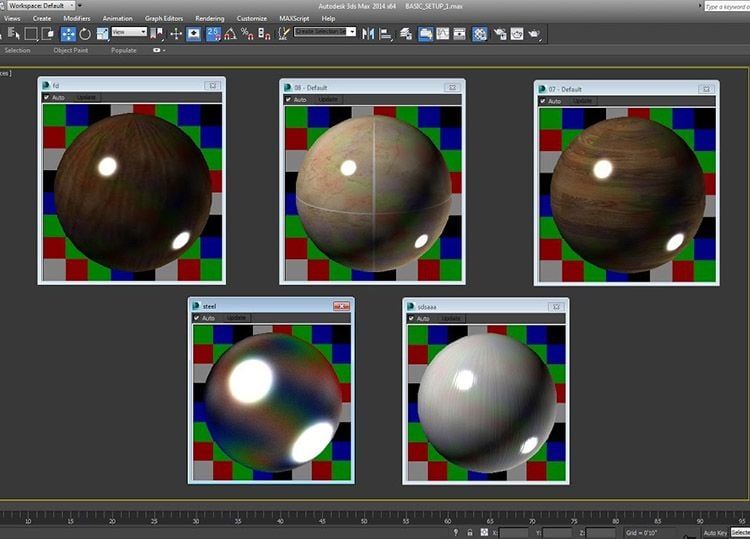
After a 3D object is built and 3D artists make sure its geometry is correct, it’s time to set up all necessary materials. Using 3D software, artists can make 3D product models of any color and material and customize the texture.
Professional 3D model texturing services can ensure all the textures, such as shiny metal, transparent glass, fabric, or leather, will be seamless and 100% realistic. However, creating custom leather and fabrics takes much more effort and time, due to the embossed surface compared to the smooth glass or metal. Hence, final 3D product models turn out to be more expensive than ones with simple materials.
4. Setting up Light and Cameras
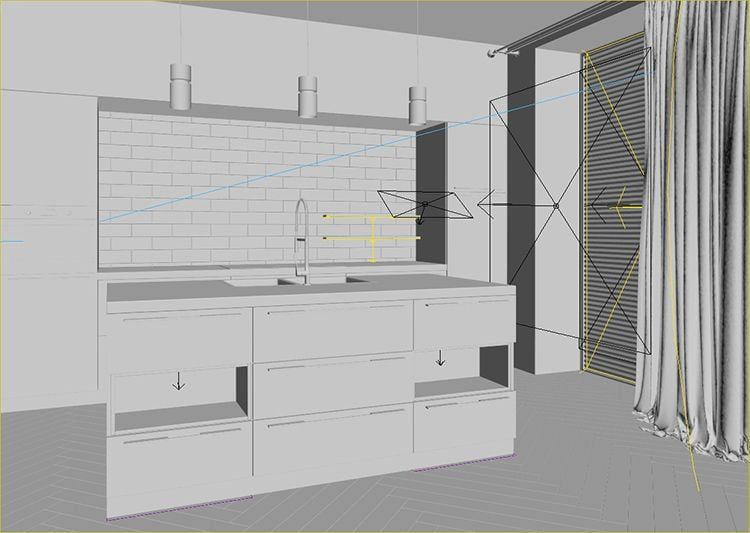
To show the quality of textures, 3D artists need to set the light and adjust the camera first – only the proper light and carefully chosen angles showcase a product in all its glory.
It’s not enough to just aim one light source directly at the 3D model and take a pic. With accurate well-thought-out lighting, the colors come out full force and all shadows, lights, and glares look 100% realistic.
Also, a competent 3D artist always chooses the right camera angle to show the 3D product model from the winning side. Thanks to the infinite possibilities of 3D software, CG artists can set up cameras from any angle to make a wide shot, a close-up look, or even a top view of a model.
5. Rendering a 3D Product Model
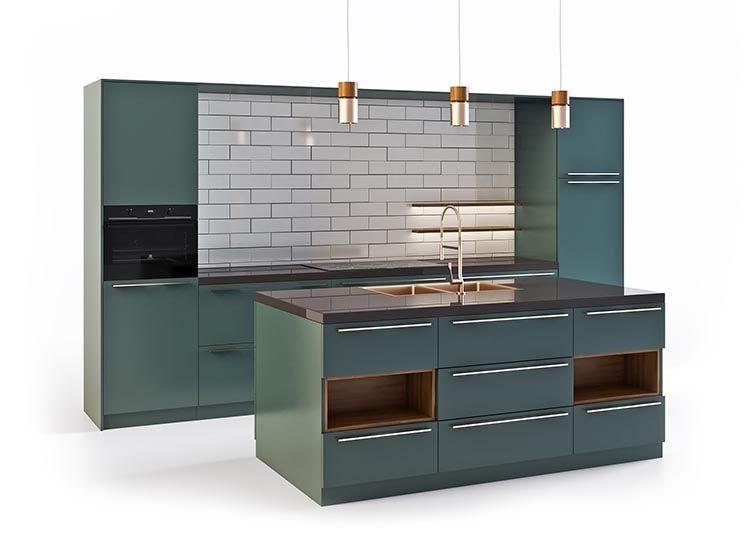
Next, 3D artists proceed to 3D rendering and this is where all the errors of the previous steps always come to light. For example, if there is a problem with polygons in geometry, a 3D product model will have notches or holes. Therefore, before presenting a client with the final 3D visualization, skilled 3D artists make lots of low-resolution renderings to prevent any mistakes and glitches. After all the flaws are eliminated, it’s time for the final high-resolution rendering which can take a few hours depending on software and hardware.
When the images are ready, a 3D studio sends them to the customer. If they approve a 3D product model, specialists save it in a necessary format and send it to the client. It’s important to be specific about what format one needs because every 3D company has its own policies. Our studio, for example, works with stl, 3ds max and obj formats that are general and commonly used by 3D artists.
Creating a 3D model is a technical yet artistic process where both a client and a 3D studio are equally involved. Providing 3D artists with a complete brief with many references and drawings, customers can count on a high-quality 3D model professionally executed in 1-2 business days, depending on the complexity.
Professional 3D artists know how to model a product and apply seamless realistic materials and textures so that a final 3D object is of the highest quality. Therefore, ordering a 3D model only once, marketers can use it for motion solutions, re-use it for creating similar 3D objects from the same collection, and so on. Also, you can get as many 3D visualizations as needed from one 3D model to use for e-commerce listings, online promo, as well as printed catalogs, magazines, and outdoor ads.
Need a top-notch quality 3D product model? Try our 3D product modeling services and get a 100% photorealistic model for a slew of various marketing purposes!
